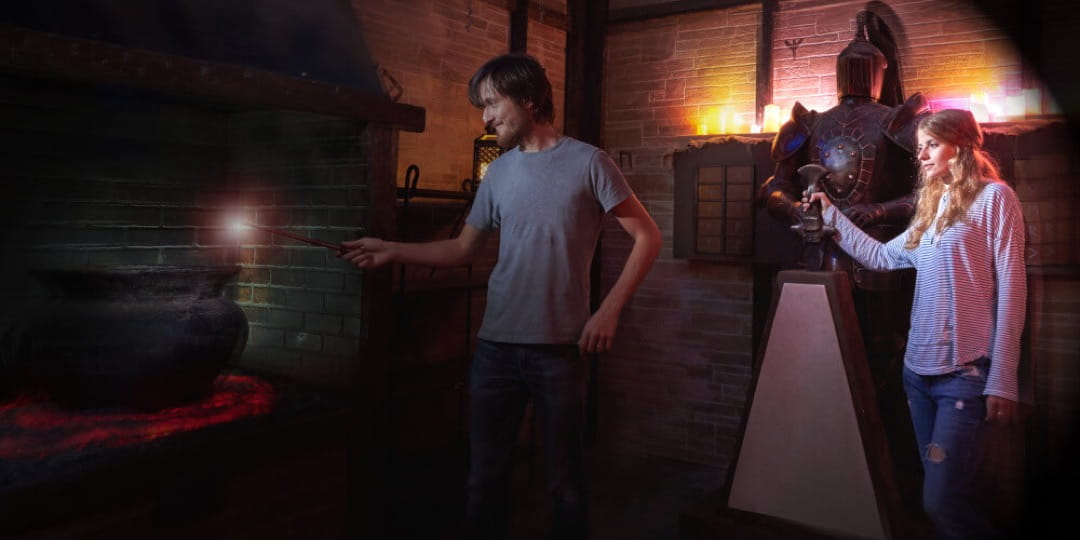Explore Why Escape Rooms Are Fun and Deal a Special Method to Bond With Friends and Family Members
Escape spaces have actually arised as a captivating form of enjoyment, supplying a mix of immersive storytelling and mental stimulation that is both fulfilling and challenging. What exactly sets getaway spaces apart as a bonding experience?

Immersive Narration
While the idea of retreat rooms might originally seem uncomplicated, it is the immersive storytelling that genuinely establishes them apart. These experiences are carefully made to transfer individuals right into another world, weaving engaging stories that involve and captivate. From the minute gamers tip into the area, they are enveloped in a very carefully crafted ambience, total with complex information, audio effects, and thematic aspects that offer to improve the story.
Each getaway room includes a special plot, usually including a goal or mystery that participants must address within a set duration. The storyline is not merely a backdrop but is important to the experience, affecting the style of problems and the format of the area. This narrative-driven strategy ensures that every element, from the clues to the decor, contributes to the unfolding story, creating an immersive and cohesive environment.
Additionally, using sophisticated innovation and interactive functions even more strengthens the immersive experience. For example, digital interfaces, augmented fact, and sensory results can make the tale come to life, enabling participants to feel as though they are truly component of the unraveling dramatization. This immersion promotes a sense of exhilaration and seriousness, raising the overall satisfaction of getaway rooms.
Mental Excitement
Involving in escape areas uses participants an unique kind of mental excitement that tests cognitive abilities in stimulating and diverse means. These immersive experiences require people to resolve intricate problems, understand codes, and think seriously under time constraints. This setting promotes boosted analytical abilities, as participants must navigate a collection of complicated challenges that need logical thinking and creative reasoning.
Retreat spaces often integrate a selection of puzzle kinds, from mathematical equations to etymological puzzles and spatial understanding jobs. This variety makes certain that different cognitive features are involved, providing a thorough mental exercise. For instance, resolving a cipher might sharpen logical abilities, while a physical puzzle may boost hand-eye coordination and spatial reasoning. The need to shift between various sorts of thinking keeps the mind nimble and involved.
In addition, the time-sensitive nature of retreat areas includes an element of pressure that enhances cognitive performance. Participants are encouraged to think quickly and efficiently, improving their capability to process information and choose rapidly. This increased state of mental activity can lead to increased focus and sharper cognitive capacities, making escape rooms not only an enjoyable diversion however additionally an important exercise for the mind.
Teamwork and Collaboration
Memorable Experiences
Usually, one of one of the most compelling elements of escape spaces is the production of memorable experiences that stick around long after the game has ended. The immersive nature of escape spaces, with their detailed puzzles and involving stories, offers individuals with a sense of achievement and sociability that is hard to duplicate in various other social tasks. These experiences become treasured memories, usually recounted with interest and fond memories.
The joint effort required to fix the obstacles fosters a distinct feeling of unity amongst individuals. Pals and relative are provided the chance to interact in a high-pressure, yet enjoyable environment, improving and enhancing bonds interaction abilities (escape room orlando). The shared victories and even the occasional failures add to a collective sense of accomplishment and happiness
Additionally, the thematic variety of getaway spaces makes sure that each experience stands out. Whether browsing a haunted manor or decoding ideas in a spy-themed setup, the selection maintains the enjoyment fresh and the memories brilliant. This range not only satisfies different interests but additionally makes certain that each browse through to a retreat space Check Out Your URL is a special experience.
Fundamentally, escape rooms offer unforgettable experiences that build lasting links and supply stories to be cherished for several years ahead.
Final Thought
Escape spaces supply an unique opportunity for bonding through their immersive storytelling, psychological excitement, and reliance on synergy and cooperation. Getaway areas emerge as a enjoyable and special task, incorporating home entertainment with the advancement of crucial social and cognitive skills.

Building on the structure of teamwork and participation, the excitement of the obstacle in escape areas offers individuals an exhilarating experience that checks their problem-solving capabilities and psychological acuity - escape room in orlando.Furthermore, the meticulously crafted complexity of escape spaces ensures that no 2 experiences are alike.Often, one of the most engaging aspects of retreat areas is the production of memorable experiences that stick around long after the video game has wrapped up.In addition, the thematic diversity of getaway spaces makes certain that each experience is distinct